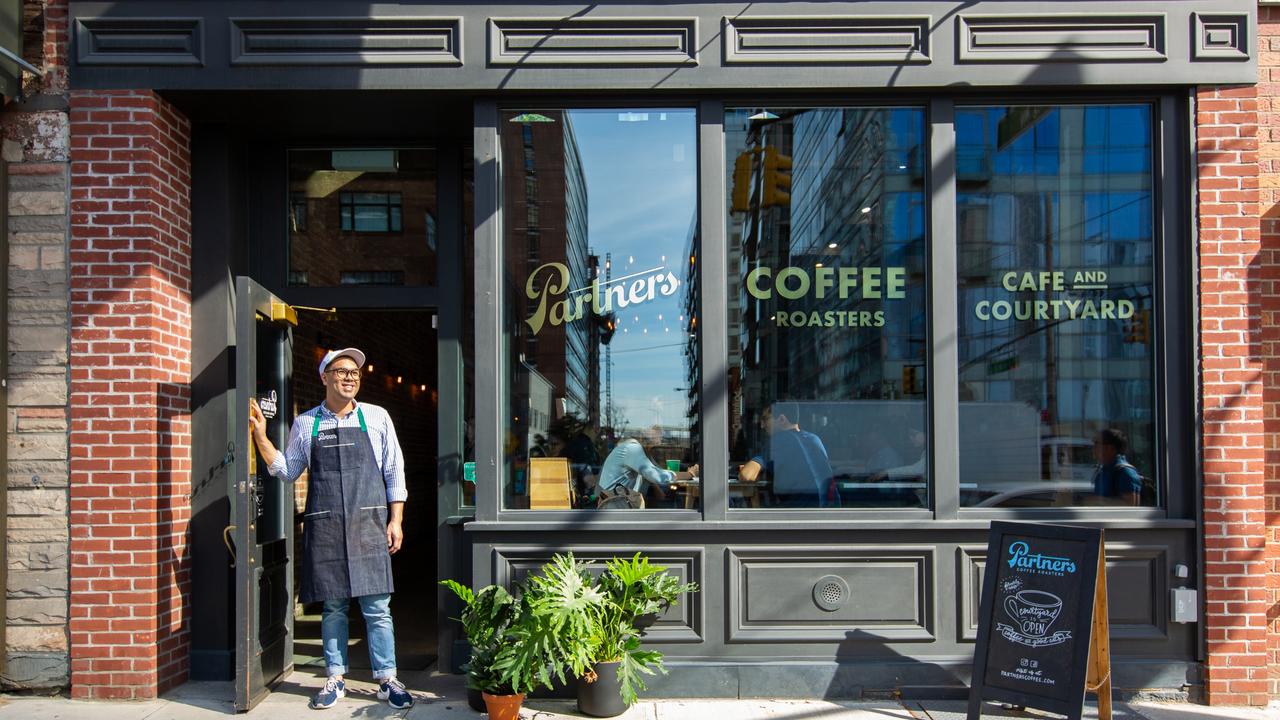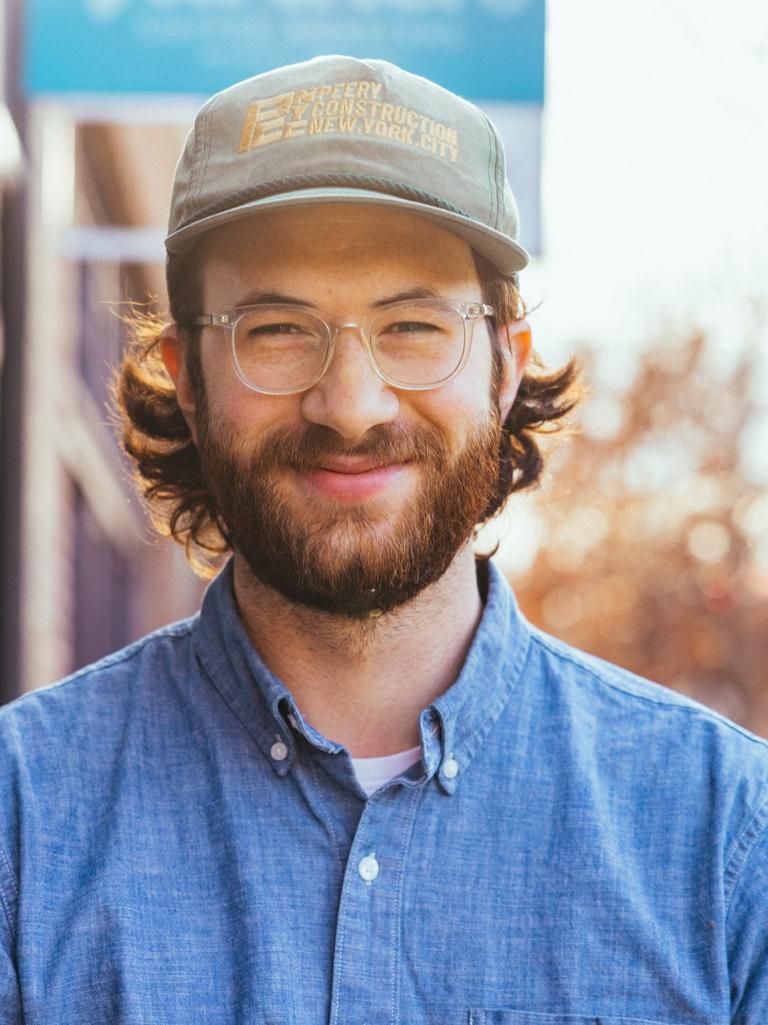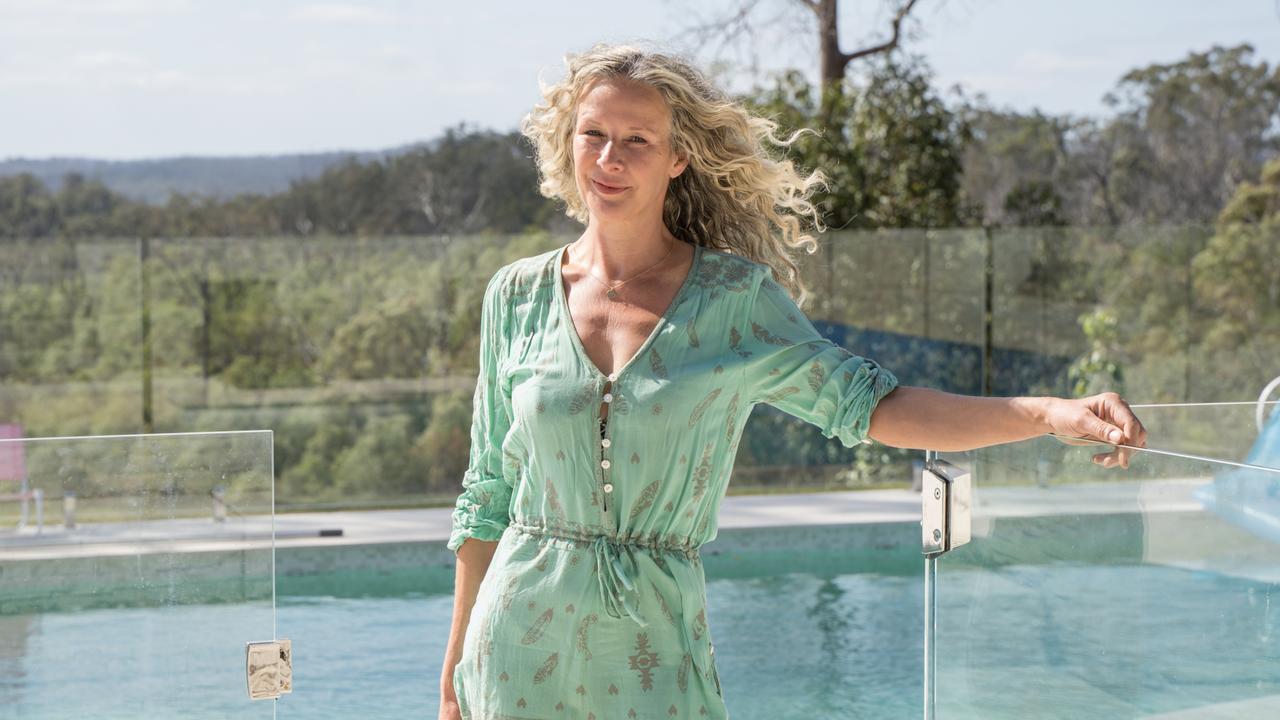Coffee price spike explained: How Aussie brew compares globally
Coffee prices are through the roof, leaving us all to count our beans. Aussie coffee kings and experts explain the caffeine crisis and how to wrap your hands around a decent cup.

Lifestyle
Don't miss out on the headlines from Lifestyle. Followed categories will be added to My News.
There’s a storm brewing in the world of coffee, with prices creeping up everywhere from your local cafe to the supermarket shelves.
Climate change, pirates, international red tape, supply problems – between the complexity of the issues and the lack of caffeine, it’s enough to give you a headache.
Rising temperatures and water shortages are playing havoc across the world’s coffee belt, located 25 degrees north and south of the equator, with countries from Brazil and Colombia to Ethiopia and Indonesia all reporting a decline in their harvests.
Even the hardiest robusta varieties are suffering, with Vietnamese growers telling Bloomberg they are having to dig deeper and deeper to access their once plentiful water supply.

Meanwhile in the Red Sea, the Yemeni Shia Islamist military and political group, the Houthis, are attacking civilian cargo ships, including many bearing coffee beans, in acts of aggression America has condemned as piracy.
As a result, freight costs have jumped 150 per cent and many countries are scrambling to find alternative suppliers.
This all comes as the European Union moves to outlaw sales of coffee by December if the growers are linked to deforestation.
In the short term, there are concerns the new EU regulations could exacerbate the supply crunch.
According to The Conversation, the average cost of a small flat white in Australian capital cities is now $4.78, while an equivalent brew will set you back $6.96 in London, $8.42 in Singapore and $9.95 in Athens.
Lavazza Group chairman Giuseppe Lavazza recently told the Financial Times prices would only get worse.
“The coffee supply chain is dramatically under pressure,” Mr Lavazza said.
“Coffee prices are not going down … (they’re) going to stay very high.”
While many home workers have invested in their own barista-style machines, new figures from Coles reveal sales of coffee sachets and coffee pods have increased significantly over the past year.
While instant coffee remains the least expensive way to get a caffeine hit, at nine cents a cup, your average sachet costs 41 cents and coffee pods just 52 cents.
But if you appreciate the art of an expert, you can’t beat the standards set by Australian baristas and coffee kings who are bringing our cafe culture to Americans.


Day For It Hospitality CEO Michael Meates, who has had caffeine running through his veins for the past 20 years since his first job at Bacino Bar on Manly’s Corso in Sydney at age 15, said Australian coffee and cafe knowledge is particularly prized in New York City.
“America was stuck in that diner culture for a long time. It was that 20oz (590ml) from Dunkin’ Donuts mass consumerism,” Mr Meates said.
“Since the Australians came along with their flat white, and I know we can’t take full credit as we are inspired by the beautiful quality of Italian espressos, it has really elevated things here in New York.
“It’s not so much a splurge anymore. In Midtown (Manhattan), they don’t blink at $7 for a coffee. We see interns, some of them would only be getting paid $45,000, so it’s a lot of money for them, but it’s a status symbol they see their colleagues getting and they want a quality product.
“I find coffee is very much like the wine industry. Sommeliers have been able to explain this to people for some time.
“Yeah, you can get a coffee for $3 but it’s not going to taste that good.”

Partner Coffee Roasters is another Aussie beverage success story, with co-owners Amber Jacobsen and Adam Boyd adding to their trio of NYC cafes and presence in Whole Foods outlets with a flourishing trade in home coffee.
The brand has quickly developed a cult following, with subscribers receiving monthly bags of beans and cold brew syrup.

Partners Coffee Green Bean buyer Sam Klein said the cost of a coffee was going up because expenses were increasing across the board, from commercial leases and packaging to transportation.
But the industry was also keeping coffee lovers hooked with innovative new blends, he said.
“I’ve seen some really exciting signature drinks lately incorporating interesting flavour combinations. We’ve recently had a Yuzu Vanilla Latte and a Black Sesame Cold Brew, which our director of coffee, Cary, developed, that were really fun,” he said.
“And we’ve done some cool experiments recently with szechuan peppercorns to make some really refreshing tonics. I’ve seen a lot of other cafes doing similar things, and the results are often texturally really interesting too. If I could manifest a trend, I’d like to see more attention to exceptional batch brew, especially using single origin and single variety coffees,” he said.
Mr Klein said the company had “found success in at-home channels” but “it comes with its own set of challenges” for the business.
“I don’t get to come into your home and taste your coffee or spread my enthusiasm for a producer or variety in person,” he said.
“But it’s been a lot of fun for me because it has increased demand.”

Tony Oxdale, from Sydney, now resides on Balboa Island in Newport Beach, California, and has two coffee ventures – Drop Bear Coffee for roasting, packaging and shipping, and Il Caccia, which boasts two mobile espresso bars.
Mr Oxdale said despite price hikes, and a worldwide shortage of Papua New Guinea beans (one of their main blend components), they were growing in a very competitive market.
“We can provide all types of coffee types from whole bean, ground to suit your brew method and even K cups,” he said.
“I know most Australians complain about the standard of coffee here – and I am trying to satisfy that need.”
More Coverage
Originally published as Coffee price spike explained: How Aussie brew compares globally









